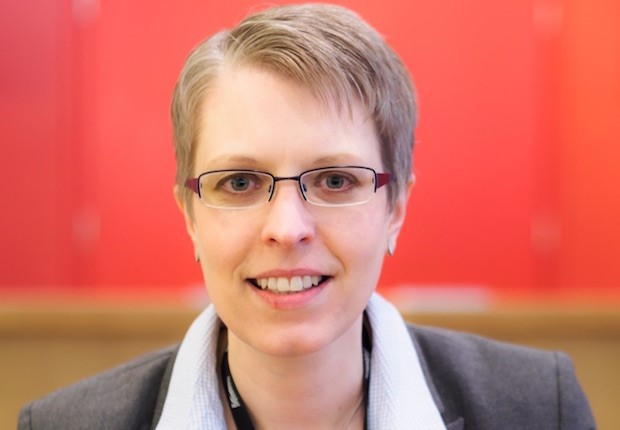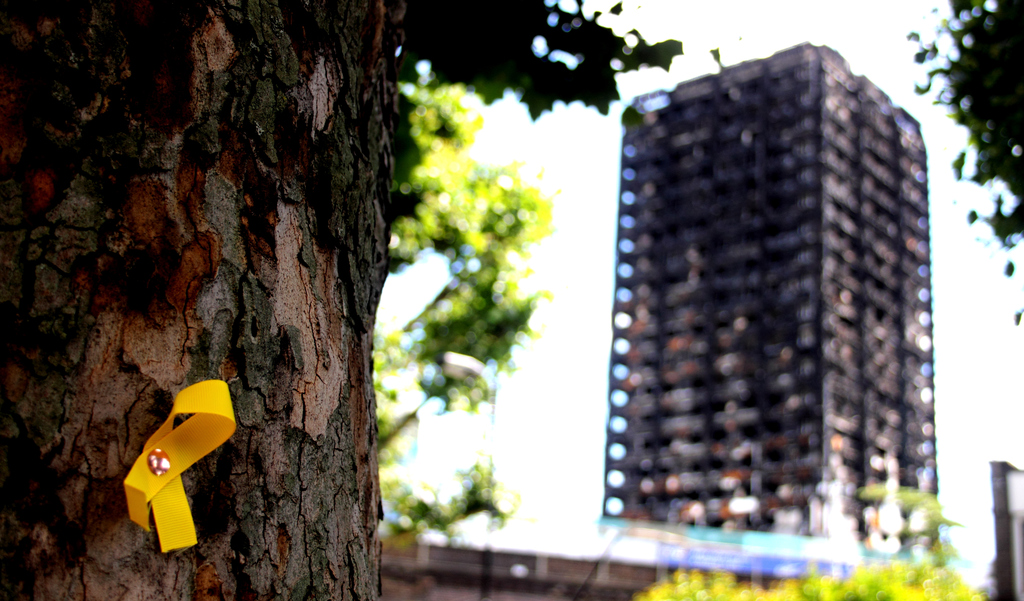
Kelly Rose
Editor

Kelly Rose
Editor
In her new column, Louise Ward will provide a practitioner viewpoint on key issues in the health and safety sector. This month she warns that we can’t wait for accidents or disasters to reveal the gaps in our risk control approaches.
A YEAR on from the tragic fire at Grenfell Tower in London the public enquiry has started, and it’s impossible not to be moved by the stories of suffering, loss and heroism being recounted by survivors, those who lost loved ones, and the emergency services personnel who responded to the disaster.
Nothing we do or say can mitigate the horror of the fire, or the impact that it has had on everybody who was involved. But we can ensure that lessons are learned and acted on to reduce the chance of such a dreadful situation happening again.
Throughout history significant advances in health and safety have followed major disasters. Hillsborough and the Bradford City fire revolutionised the management of sports grounds, following the the Kings Cross fire smoking was prohibited on public transport, the Piper Alpha disaster drove a major shift in thinking about human factors and safety culture both on and off shore, and the Ladbrook Grove and Potters Bar train crashes led to a complete change in approach to the management of safety and maintenance on the railway.
The same is true on health and environmental issues too. Asbestos was viewed as a wonder material when it first hit the market, revolutionising fire protection and insulation. At the time nobody had any idea of the harm the fibres could cause to the health of those exposed. Similarly the impact of pesticides, greenhouse gases and single use plastics on our environment and ecosystems went unknown until significant damage had occurred.
But if we wait for accidents or disasters to reveal gaps in our risk control approaches then surely we are missing key opportunities to prevent harm?
Bird’s triangle tells us that for every one of these major incidents there are a number of less serious occurrences, and still more near miss events. James Reason’s swiss cheese model illustrates that risk control barriers are imperfect. By layering these we can limit the chances of incident occurring, but if we can also build in systems which alert us when each barrier fails without causing harm then we have an opportunity to take action that drives proactive improvement in risk management.
Safety innovations
Technology and innovation are driving a pace of change which is far faster than at any previous point in history. This means that systems, processes innovations and technological developments have less time to mature before reaching a mass market, and this shifts risk levels significantly by increasing the number of people potentially exposed to hazards before the potential for harm is fully understood and appreciated.
If we are to continue to protect people effectively, we can’t wait for accidents or disasters to reveal the gaps in our risk control approaches, we have to get better at layering risk control barriers and developing leading precursor KPIs to help identify and mitigate imperfections in risk control to drive a more proactive and comprehensive approach risk management.
Much of the fundamental theory in this area originated in the oil and gas sector following the Piper Alpha disaster. The Tripod Foundation is a charitable body set up to promote and share this learning to support effective risk management across all business and industrial sectors. For more information have a look at their website https://publishing.energyinst.org/tripod
The health and safety profession is not always renowned for its forward thinking approach! But we have a key role to play in making sure that risk management approaches keep pace with business and technological development in our own organisations and sectors.
It’s not just about the workplace either. This approach is equally relevant in public safety, and safety of residential buildings, security of the national infrastructure and environmental protection.
Listening to the harrowing accounts of those testifying to the Grenfell Tower public enquiry none could question the mandate for delivering a step change in our approach to risk management. We can’t turn the clock back, but we can all play our part in driving a new and more proactive approach to risk management in order to reduce the chance of such a dreadful incident occurring again.
Louise Ward is the health, safety and environment director at Siemens. For more information visit, www.siemens.com/mobility


4th Floor - Marketing
Sir William Siemens House
Princess Road
Manchester
M20 2UR
UNITED KINGDOM
0161 446 6400